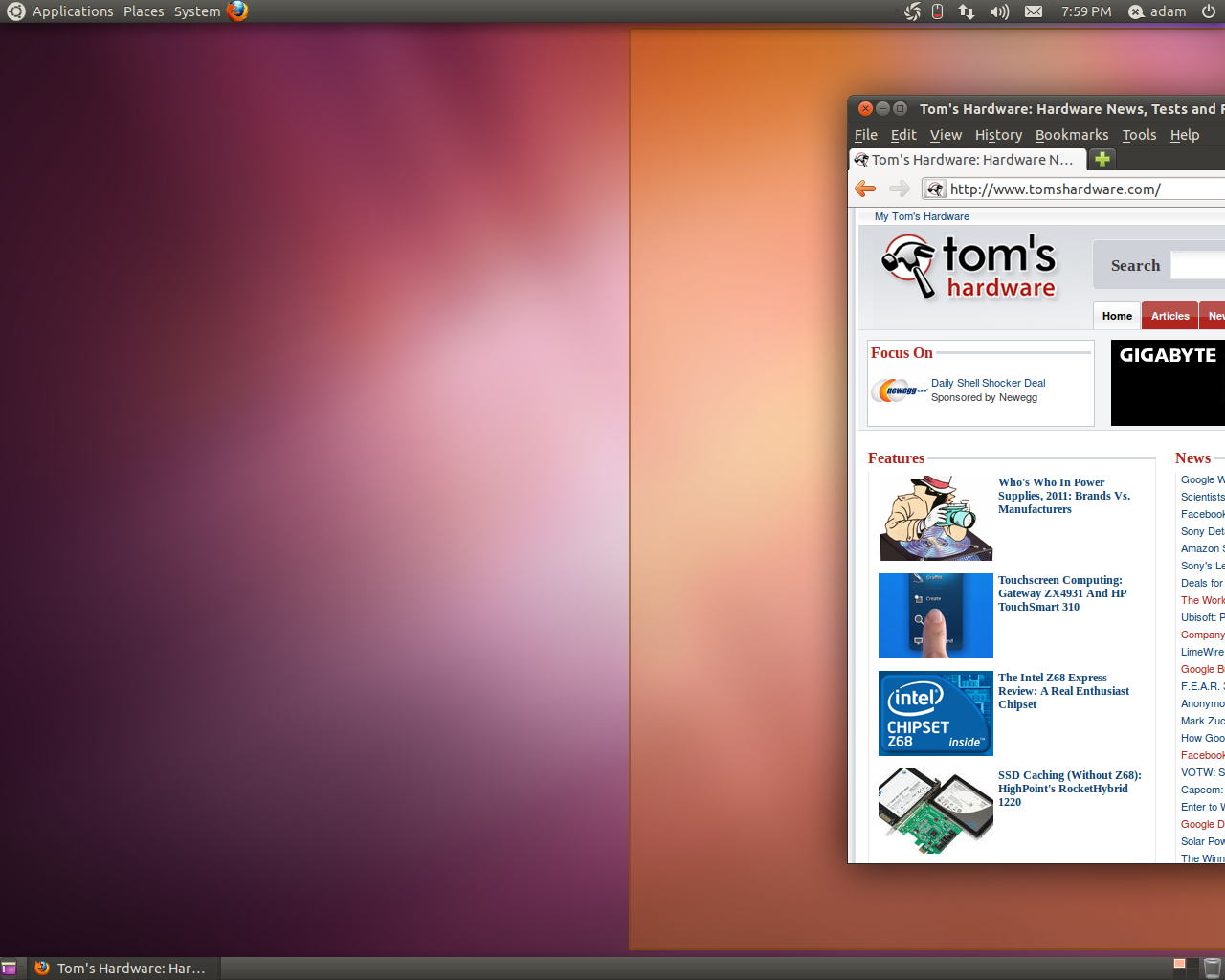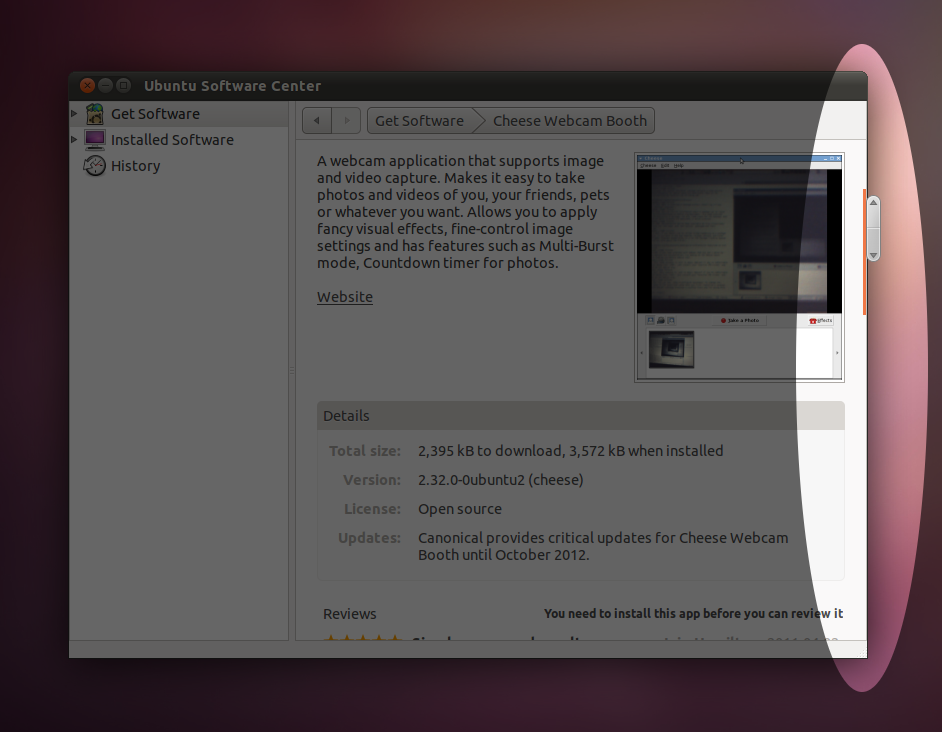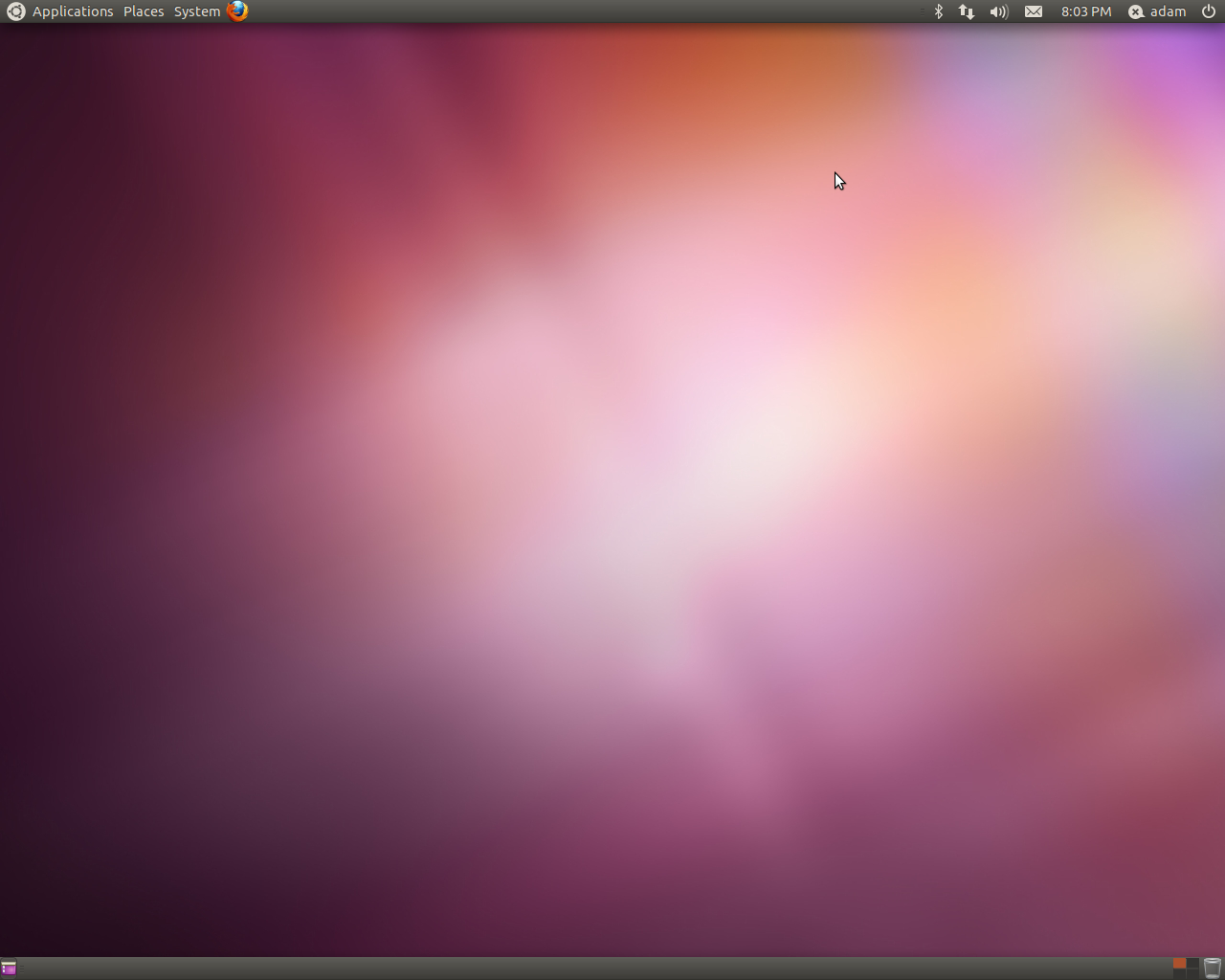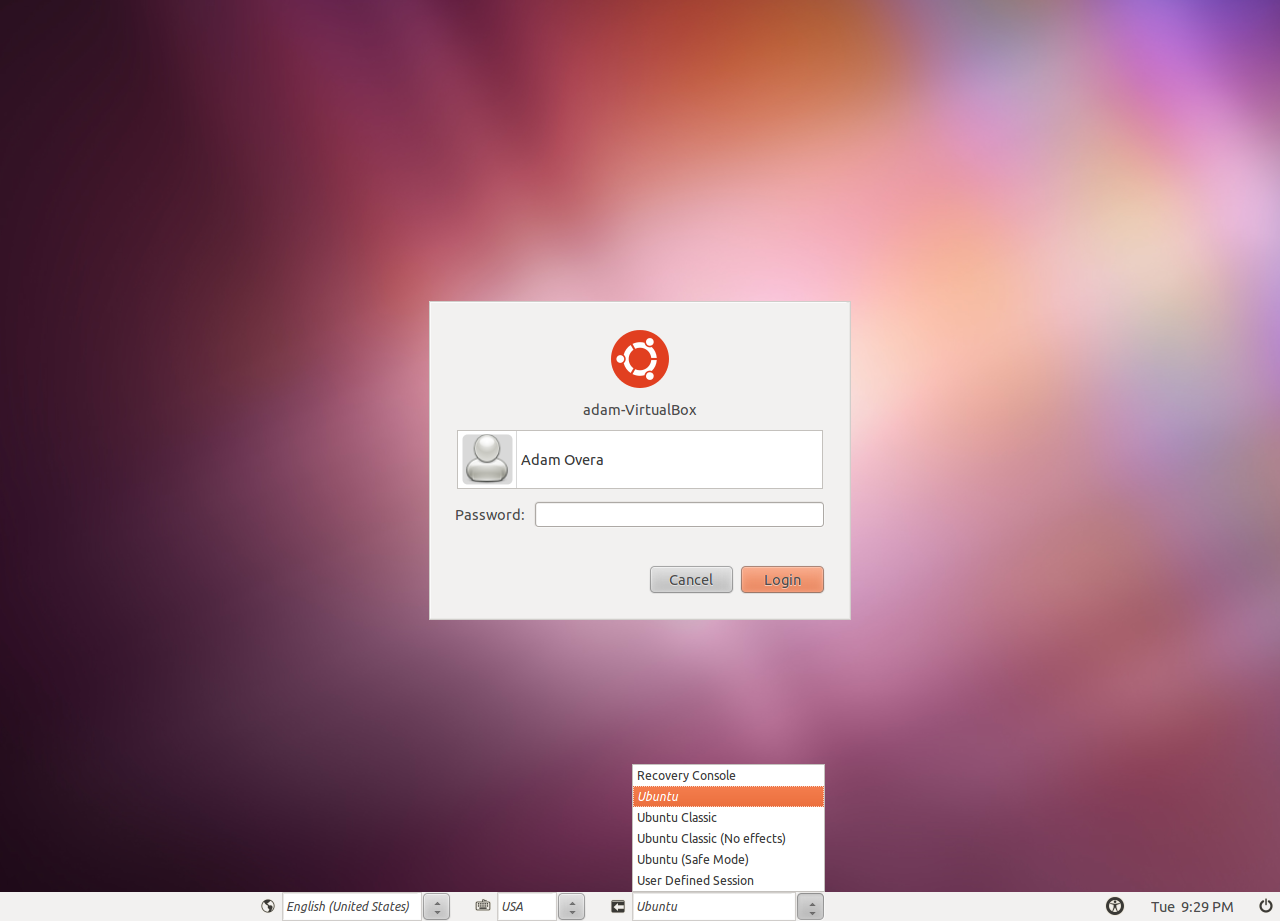Ubuntu 11.04 (Natty Narwhal), Reviewed In Depth
Ubuntu 11.04 (Natty Narwhal) has arrived, and we have the scoop on everything you need to know about Canonical's latest Linux, along with the usual review and benchmarks. Is this the change we've been waiting for, or is the Natty Narwhal a fail whale?
Duelling Desktops
While there is no question that the focus of this release is on Unity, the old GUI, now referred to as Ubuntu 'Classic', does feature a number of enhancements. Window snap and the new scrollbars are two examples.
Window Snap
Like Windows 7 and KDE 4, Ubuntu now has a window snap feature baked right in. In fact, the snapping action in Ubuntu 11.04 is identical to that of Windows 7. Dragging a window by the titlebar to the top of the screen maximizes it. Dragging the window to the left or right vertically snaps it to the corresponding half of the screen.
Scrollbars
In Natty Narwhal, the scroll bar is no more, aside from a slim orange strip just three pixels wide. Hovering the mouse cursor over that strip brings up condensed scrolling arrows. The up/down arrows are contained in a small oblong pill and its position follows the mouse cursor. This is similar to the way Google implements scroll bars in Picasa and some of its other products (like Wave).
Ubuntu Classic
If you don't care for or cannot run Unity, the GNOME 2 shell from previous versions of Ubuntu, now referred to as Ubuntu Classic, is still an option.
Get Tom's Hardware's best news and in-depth reviews, straight to your inbox.
In order to use Ubuntu Classic, it must be chosen when you log in. After selecting a user, a series of drop-down menus appear at the bottom of the login screen. Simply choose Ubuntu Classic and log in as normal.
Changes specific to Ubuntu Classic include a new Applications/Places/System menu icon, and the desktop switcher is now aligned as a cube, instead of a strip.
Unity
Unity is Ubuntu's new default graphical user interface. It was developed in-house by Canonical, and originally positioned as the GUI for the now-abandoned Ubuntu Netbook Edition (UNE) and the still active, but OEM-only, Ubuntu Light instant-on companion OS. For Natty Narwhal, Canonical scrapped UNE as a separate project and made Unity the default GUI. Unity is comprised of three main elements: the Panel, Dash, and Launcher.
We'll go over each of the three elements individually in the following three pages, but first let's take a look at Unity in action.
The first thing most people notice about Unity is that it's pretty. Whether or not you like the new GUI, clearly this release brings the world's most popular desktop Linux distribution up to speed, graphically, with Windows 7 and Mac OS X.
Unity utilizes the Compiz compositing window manager as its visual effects backbone. Compiz is a long-time favorite add-on, and has already been integrated in many other Linux distributions. But unlike other distros, Unity is Compiz. Unity relies on its Compiz plug-in to function, and therefore disabling Compiz simply isn't an option if you want to use Unity.
The rotating desktop cube, 'wobbly windows', and 'magic lamp' min/maximization are just a few examples of popular visual effects that Compiz introduced to Linux over the years. The next three videos show the purely cosmetic visual effects found in Unity. There are many more effects, and the ones associated with functional actions appear later, on the pages pertaining to those actions.
This video demonstrates the pulsing animation that occurs when opening an application from the Unity Launcher:
This video depicts the animation used in Ubuntu 11.04 when a Unity Launcher entry needs attention:
This video showcases the minimize and restore animations used in Ubuntu 11.04:
Now that you've seen some of the purely cosmetic polish that went into Unity, let's take an in-depth look at what this new GUI is and how it works by breaking it down into the three main elements: the Panel, Dash, and the Launcher.
-
jryan388 One problem I faced with the standard unity desktop is the horrible performance even on my Athlon II @ 3.6 and Radeon 5750. I upgraded on launch day, so maybe canonical fixed it by now, but the performance was absolutely abysmal. The easiest fix is the unity-2d package. Great performance, doesn't look any worse.Reply -
-Fran- 11.04 sucks; plain and simple.Reply
Power users can do little to nothing to fix things between gnome3 and the buggy Unity.
I wouldn't even bother with 11.04 when 10.04 is rock solid.
Cheers! -
davewolfgang I tried the upgrade, but unity is blech. I am still using the upgrade, but doing the classic.Reply
But I may go back to 10.10 for my EeePC. -
adamovera jryan388One problem I faced with the standard unity desktop is the horrible performance even on my Athlon II @ 3.6 and Radeon 5750. I upgraded on launch day, so maybe canonical fixed it by now, but the performance was absolutely abysmal. The easiest fix is the unity-2d package. Great performance, doesn't look any worse.Wow, that isn't right, the old X2 test system which has a considerably older Nvidia card runs it great. What's the full specs?Reply -
adamovera ksa-_-jedU should add more distros to the benchmarks like Debian, Fedora, and open SUSE.Fedora 15/GNOME 3 coming up next. I have never had any luck whatsoever with openSUSE, will keep trying new versions as they come out though.Reply -
bellman80 I tried 11.04. Unity was more annoying than useful. I installed the new Linux Mint instead, I'm a happy camper now.Reply -
Tamz_msc I'm going to stick with 10.04, because it has been running rock-solid without a glitch for almost a year. It was able to find drivers for my on-board audio which even Windows 7 could not find.Reply
Unity is not my cup of tea., though I'm looking forward to GNOME 3.0.
Till then Lucid Lynx FTW! -
RogueKitsune Unity is a nice idea, but not my cup of tea. Overall I am happy with the changes in 11.04. Right now i have my laptop(AMD Turion x2, radeon x1200)running it with no problems(everything worked out of the box)Reply




